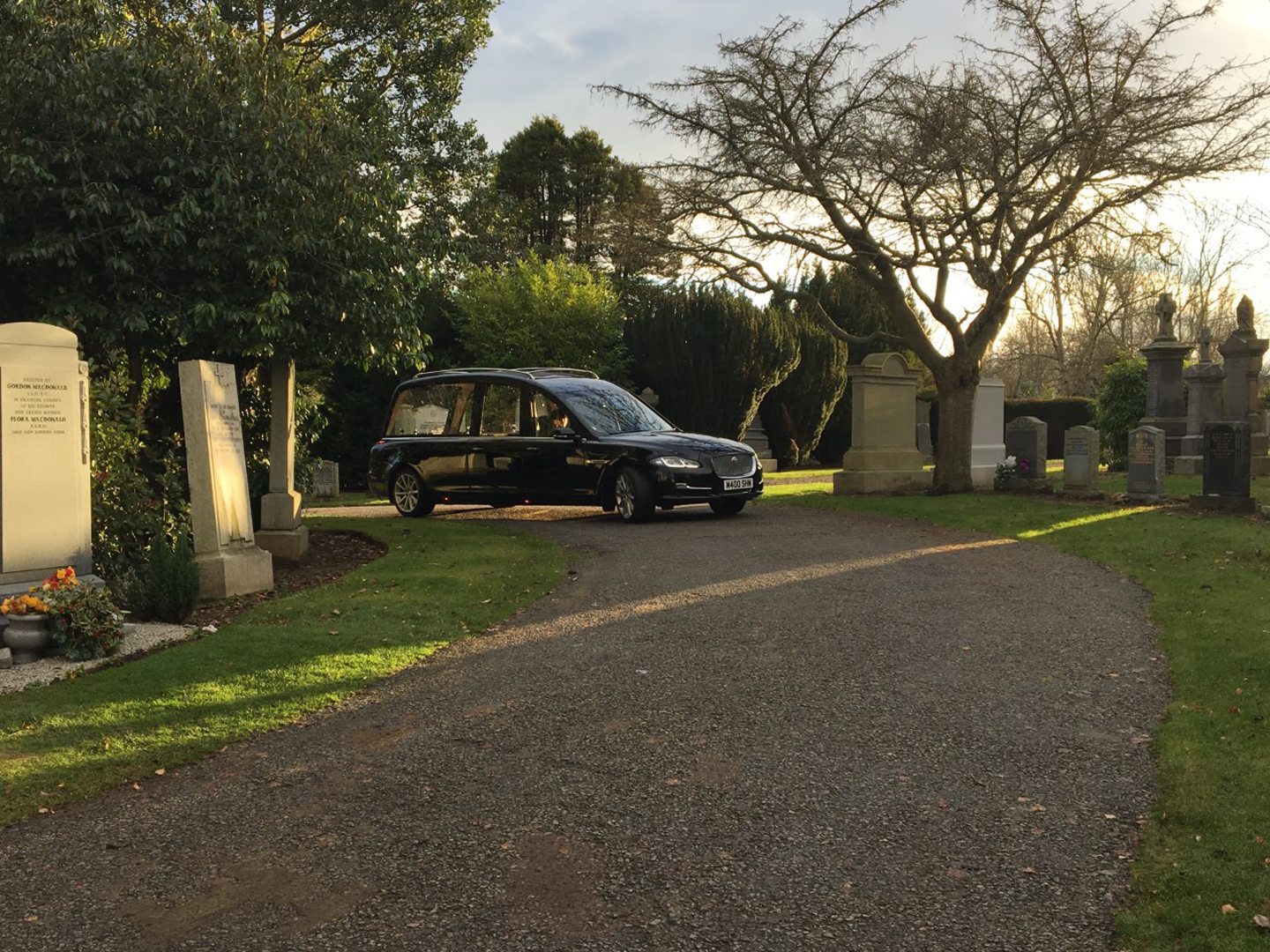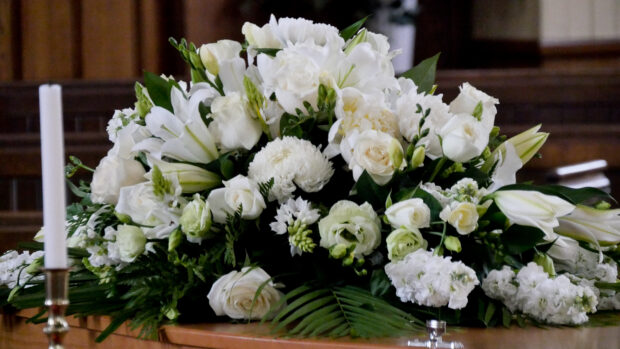Arranging a funeral for a family member can seem overwhelming. While it is your chance to arrange a meaningful farewell for someone special, the practicalities and unfamiliar procedures can seem daunting, especially in a time of grief.
-
Some Press and Journal online content is funded by outside parties. The revenue from this helps to sustain our independent news gathering. You will always know if you are reading paid-for material as it will be clearly labelled as “Partnership” on the site and on social media channels.
This can take two different forms.
“Presented by”
This means the content has been paid for and produced by the named advertiser.
“In partnership with”
This means the content has been paid for and approved by the named advertiser but written and edited by our own commercial content team.
Funeral directors help to take the burden off of your shoulders during such a difficult time and guide you through all that is necessary. They are experienced in arranging all types of funeral, so they can offer suggestions and options to suit your family throughout the process.
There are a number of important choices to make. It may be that the person who has died left instructions, or had a funeral plan. If this is not the case, it is the task of family or Executors to make these decisions.
7 points to consider when arranging a funeral:
1. Choosing between a burial or cremation
In 2020, over 70% of Scots who passed away were cremated. This choice for burial or cremation may be influenced by personal preference, family or religious tradition, or even cost.
Decisions can then be made about memorials or how to look after someone’s cremated remains.
2. Locating the ground for burial
Where a previous family lair exists, your funeral director can assist you to trace details of the lair and ownership if not known. Alternatively, new burial lairs can be bought at various cemeteries in Aberdeen and Aberdeenshire, including woodland sites.
3. Choose the type of service you would like
Traditionally the majority of funerals were conducted by a local minister or priest. This remains a familiar choice for many families. Other families may opt for a funeral celebrant to conduct the service. Either way, family will have an opportunity to provide information for the service, choose readings and music, or perhaps put together a photo display to form part of the service.

4. Transport
Arranging the logistics of the funeral will be important. How will you be most comfortable and what is most practical for family and mourners to get to the funeral. Funeral limousines allow the family to travel together in comfort, without having to think about who will drive, arriving on time or parking.
Some families will wish to follow the hearse as a cortege, others preferring the funeral staff to have the coffin and flowers set in place prior to mourners arriving. Alternative funeral transport can also be provided such as horse drawn hearses or motorcycle hearses.
5. Newspaper and online announcements
Notifying people that someone has died, and the funeral details (unless private) is important. A funeral director can assist draft a press notice, or advise on online publication options.
6. Financial support (if necessary)
Funeral expenses can pose a difficulty for families if no provision has been made. There are various avenues of support that can be sought by those on benefits. Feel free to openly discuss costs with your funeral director at the outset, and services covered by any quote. Your funeral director should be able to direct you towards any financial support available, and help you arrange a dignified funeral within the means available.
7. Non-attended services
Some people have recently begun to opt for non-attended or “direct” cremations. This means there is no service for mourners to attend. If choosing this type of funeral, it can be important to establish where and when the cremation will actually be held?
Will there still be an opportunity for close family or friends to pay their respects at the funeral home if wished? While a funeral service is not mandatory, it can be important for grieving family and friends to have their opportunity to say good-bye and have the reassurance of their local funeral director.
How to approach a funeral director
Mark Shaw Funeral Services is an independent, local firm based in Aberdeen which offers a personal, bespoke service, whether arranging a full traditional funeral service or a simple non-attended cremation. The team offers support to families during what can be one of the most difficult times of their lives and is always at the end of the phone, 24 hours a day, to provide assistance without going through a call centre.
Mark Shaw, owner and director of Mark Shaw Funeral Services, says: “Funerals have returned very much to their pre-pandemic styles. However, during the restrictions, we got used to the benefits of online streaming and finding new, creative ways to have smaller, meaningful and personal funerals”.
To get in touch with Mark Shaw, or a member of his friendly team, for advice or guidance on how to begin arranging a funeral, call 01224 640008, 01224 876000 or email care@shawfunerals.co.uk.











